New York's E-Bike Regulations: A Comprehensive 2025 Guide
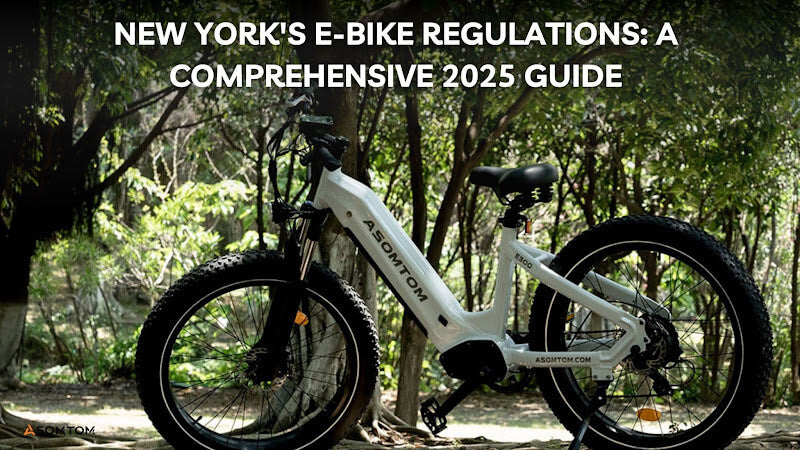
Understanding E-Bike Classifications
New York regulations classify e-bikes into three classes: Class 1 e-bikes with pedal assist, Class 2 throttle, and Class 3, which is higher pedal assist. This classification determines the legal areas of operation for e-bikes. Understanding these distinctions is important when comparing e-bikes vs regular bikes, as traditional bikes have fewer restrictions. Every class has rules governing the type of motors, speed limits, and inline pedal propulsion. Existing regulations around e-bikes differ by state, making it essential to understand New York's definitions before riding.
Legal Status and Operational Guidelines
According to NY ebike regulations, the minimum age is 16 years old. Class 3 riders are required to wear helmets, and sidewalks are generally prohibited. Operational rules differ between e-bikes and regular bikes due to added features like motors. Traditional law does not allow unlimited use for every class of e-bikes. These regulations guarantee public safety while encouraging environmentally friendly transportation. There is too great a discrepancy between state regulations on e-bikes for travelers across jurisdictional borders, therefore, riders need to remain aware.
Road Usage and Restrictions
There are strict rules governing road usage under NY ebike regulations. Class 1 and Class 2 bikes can travel down bike lanes, while Class 3 bikes are only allowed on roadways. This highlights the difference in access to an e-bike and a regular bike. Regular bikes have the capability of riding on multi-use trails, whereas e-bikes come under greater scrutiny. Local signage and zoning ordinances may further restrict the areas where e-bikes can go. There is also the problem of state borders. New York’s laws concerning e-bikes may differ in other states.
Safety and Equipment Standards
All e-bikes in NY must have front and rear lights, reflectors, and fully functional brakes as per the regulations. Riders under the age of 18 are required to wear helmets, along with anyone using a Class 3 e-bike. The difference between e-bikes and regular bicycles shows that e-bikes require more responsibility in terms of equipment due to speed and power. State regulations may add barriers to additional safety gear as a mandate. Regular bicycle safety checks are important to avoid fines, especially in densely populated urban areas with stringent enforcement.
Registration and Licensing Developments
There are currently no registration or licensing requirements for any class of e-bikes in NY. However, regulations might shift, especially for Class 3 models. This is a key difference in the discussion between e-bikes and regular bikes—motorized bicycles will likely face more scrutiny in the future. Staying policy alert will help mitigate fines for legal noncompliance, especially with state regulations changing back and forth.
Insurance and Liability Considerations
Every classification of e-bike is required to have functioning front and back lights, reflectors, and brakes, as stated in NY law. Riders under the age of 18, along with anyone operating a Class 3 e-bike, are required to wear a helmet. Due to the speed and power of e-bikes, they have more equipment responsibilities than bicycles, further separating them from bicycles. State regulations on e-bikes may also require extra safety equipment. Especially in urban areas where surveillance is stricter, riders need to check their equipment regularly to avoid fines.
Enforcement and Compliance
As New York's enforcement of e-bike regulations tightens, law infringements such as unauthorized path use, improper helmet usage, and speeding are punishable offenses. There is a growing concern about the enforcement of e-bikes compared to regular bicycles. Riders are advised to carry identification and sign boards as well as other local instructions are to be followed. Different states might have different enforcement strategies, which makes vigilance very important.
Infrastructure and Accessibility
New York is adding infrastructure, such as dedicated bike lanes and charging stations, to comply with e-bike regulations. Stronger and wider paths are needed for e-bikes, highlighting the design conflict of e-bike vs regular bike. Improvements in accessibility enhance safety and efficiency for urban commuters. These changes will also motivate the wider adoption of eco-friendly transportation. State regulations on eBikes impact federal funding, so New York's compliance framework advances investment in infrastructure.
Community and Economic Impacts
NY ebike regulations encourage job growth, reduce traffic congestion, and promote sustainable commuting. With the e-bike vs regular bike trend, nearby businesses experience increased foot traffic and customer access, which is economically beneficial. The use of e-bikes diminishes reliance on gas-powered vehicles, which is beneficial for emissions and expenditure. Different states have local economies that e-bike regulations impact, but New York’s approach to change is a critical harness for green jobs. E-bikes strengthen economic resilience by enhancing the affordability of commuting within the city.
Future Outlook
Proposed future changes for New York e-bike regulations include insurance policies, class 3 e-bike licenses, and smart compliance trackers. Just like legal frameworks (which will surely lag behind tech), e-bikes and regular bikes will have to be addressed. Other cities are also beginning to adopt these structured policies. There might be a discrepancy in e-bike regulations by state, but uniformity will make for an easy riding experience across the country. Drones and robotics will boom, hence there will be a surge in legislation that promotes safety while fostering innovative technology.
Conclusion
While e-mobility ushers in a new era of urban mobility, compliance and understanding of NY e-bike regulations are crucial for safety. The increased popularity of e-bikes has caught the attention of lawmakers due to changes in urban policies concerning infrastructure allocation. With the rules on e-bikes changing per state, staying up to date makes sure one rides legally across borders. Companies like Asomtom Electric Bike are driving the change by providing stylish and environmentally friendly alternatives that correspond with New York’s incentive for eco-friendly transport. The selective purchase of e-bikes is a statement of adopting advancement, convenience, and social responsibility within a rapidly evolving commuting paradigm.
Visit here - https://www.asomtom.com/
Frequently Asked Questions (FAQs)
1.Are e-bikes legal throughout New York State?
Indeed, New York State no longer considers e-bikes as purely recreational devices and recognizes Class 1, 2, and 3 e‑bikes under regulation. Local municipalities may impose further restrictions on speed, designated routes, or require the rider to specify which urban area they are traveling from and to.
2.Do I need a license to operate an e-bike in NYC?
There is no need to hold a license for operating a Class 1 or Class 2 e‑bike in NYC. The legal age is set to 16, so riders must fulfill this and obey helmet regulations set by the city.
3.Is insurance mandatory for e-bike riders?
No, e-bike riders under current New York law do not require insurance. Claiming such coverage, however, is highly recommended, especially for fast Class 3 e-bike riding on the streets.
4.Can I ride my e-bike on sidewalks?
No, e‑bikes are usually banned from sidewalks in New York and most municipalities. Proper bike lanes and streets must be used when riding under NY laws and ebike regulations.
5.What are the penalties for non-compliance with e-bike regulations?
In New York, breaching e-bike regulations may attract penalties in the form of fines, e-bike confiscation, and in severe or repeated cases, e-bike impoundment. E-bike riders will likely receive a warning or a citation for exceeding the set speed limits.




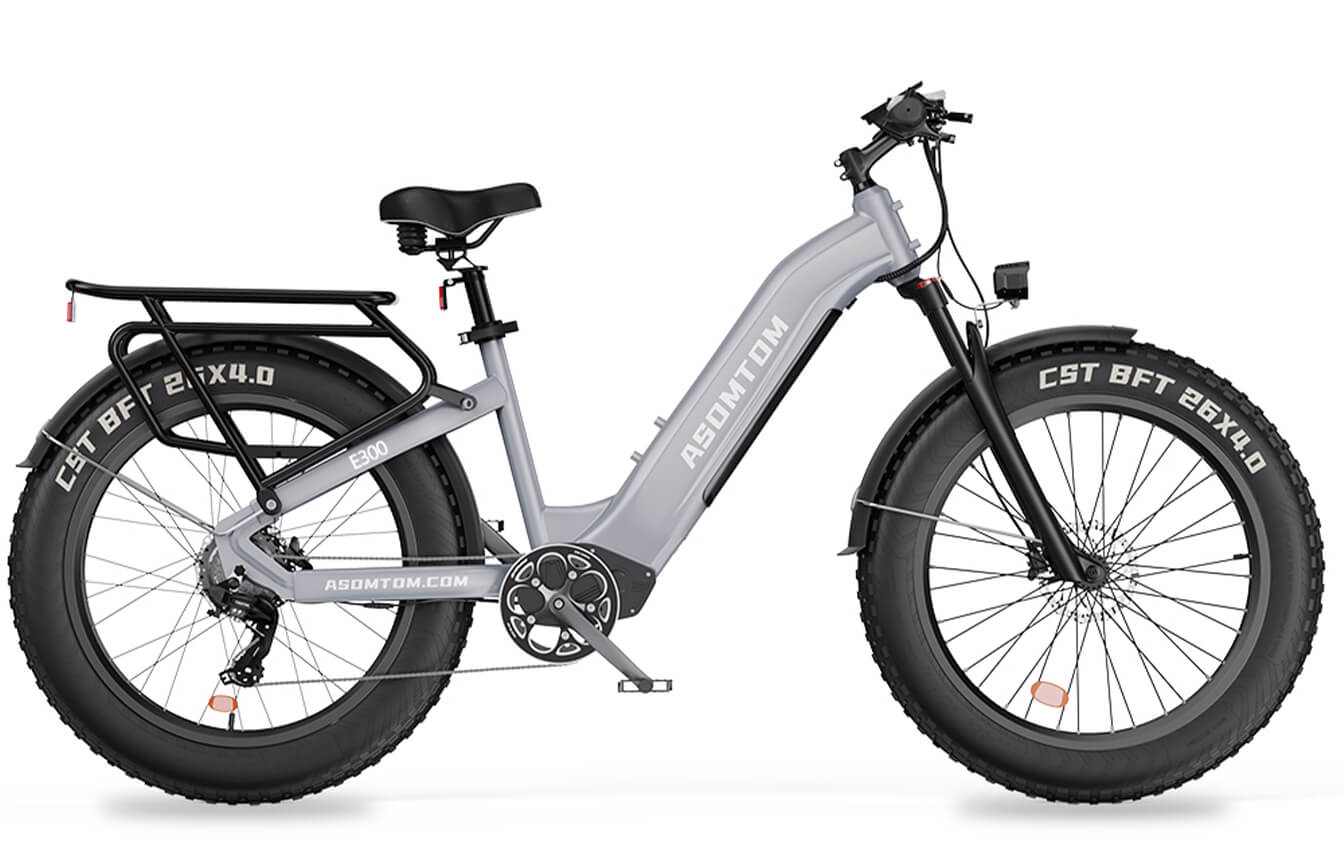
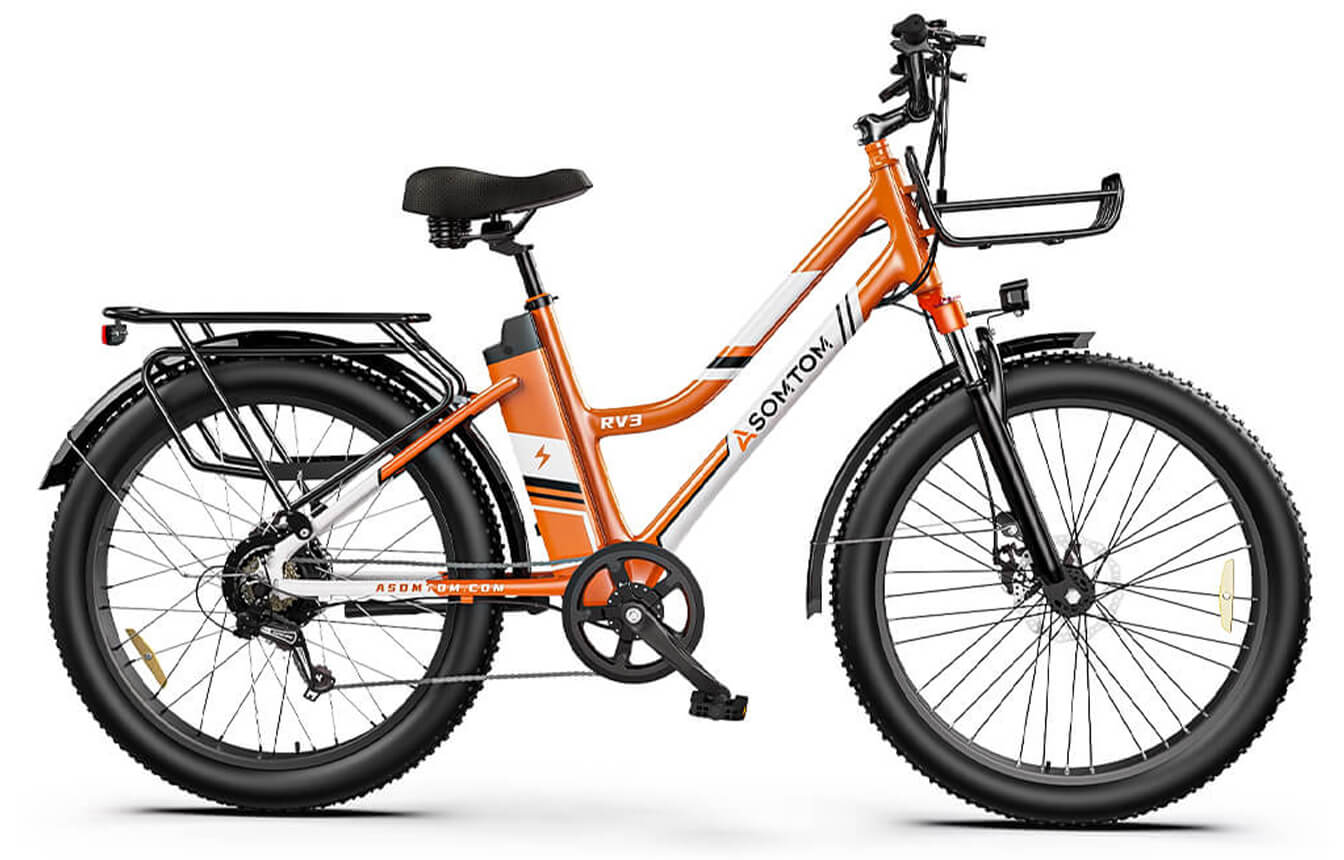












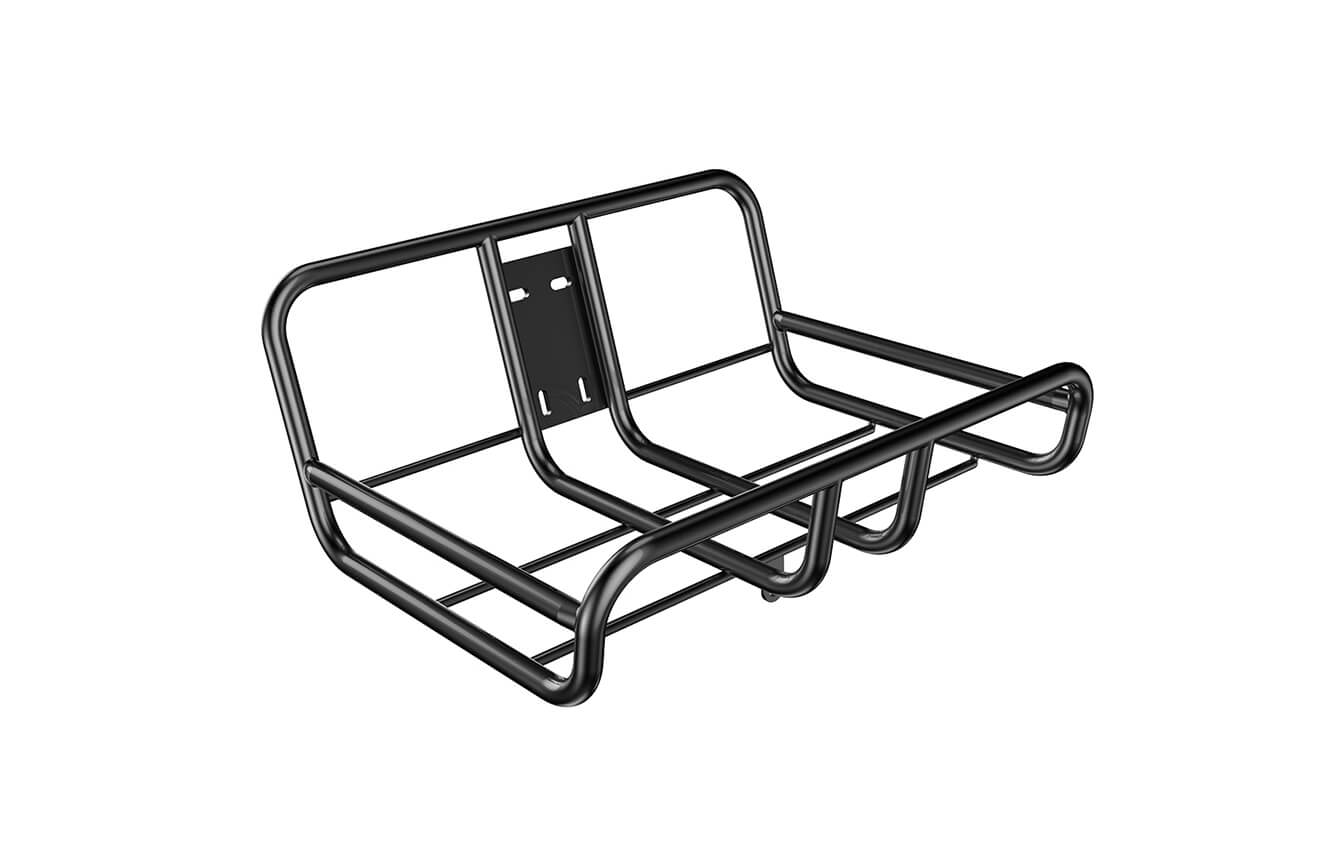
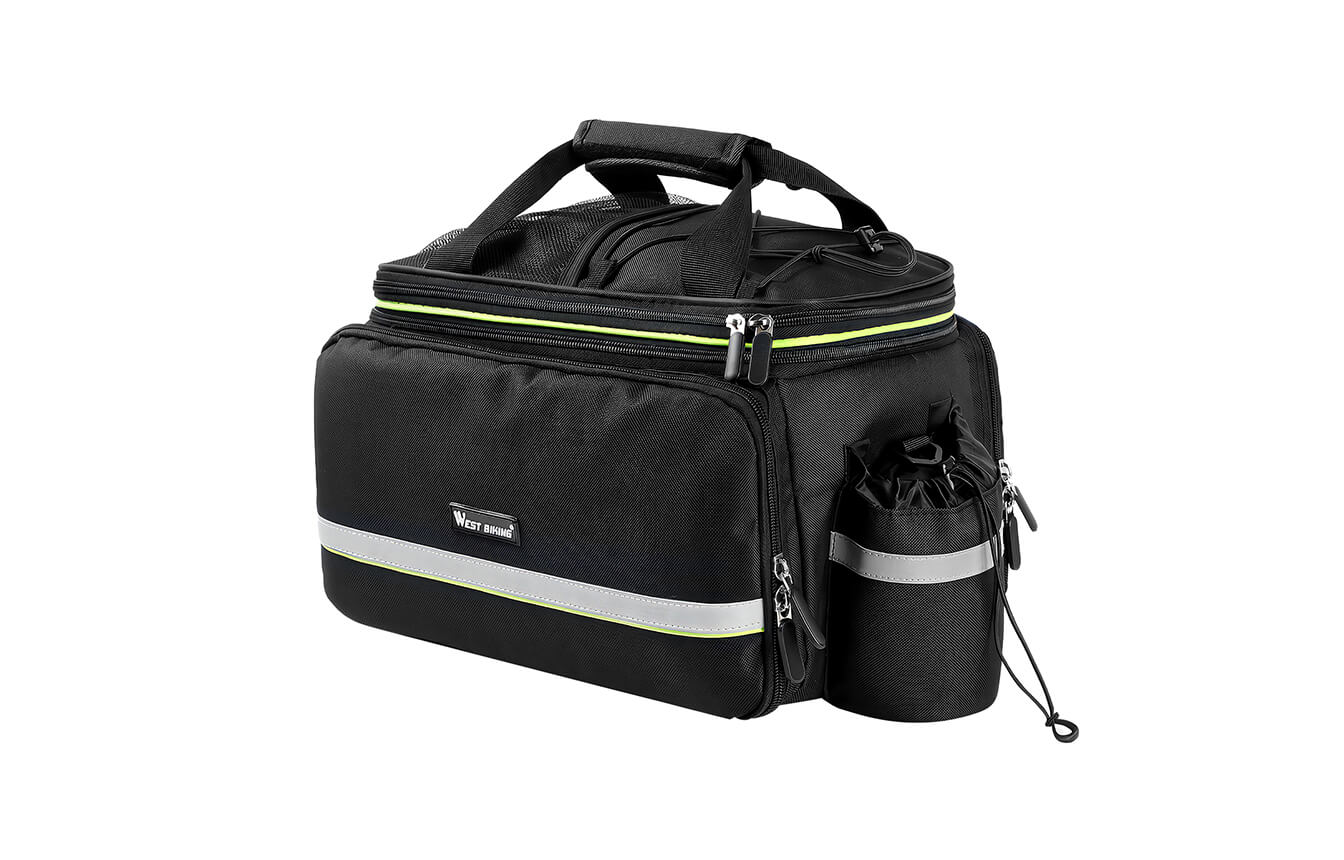
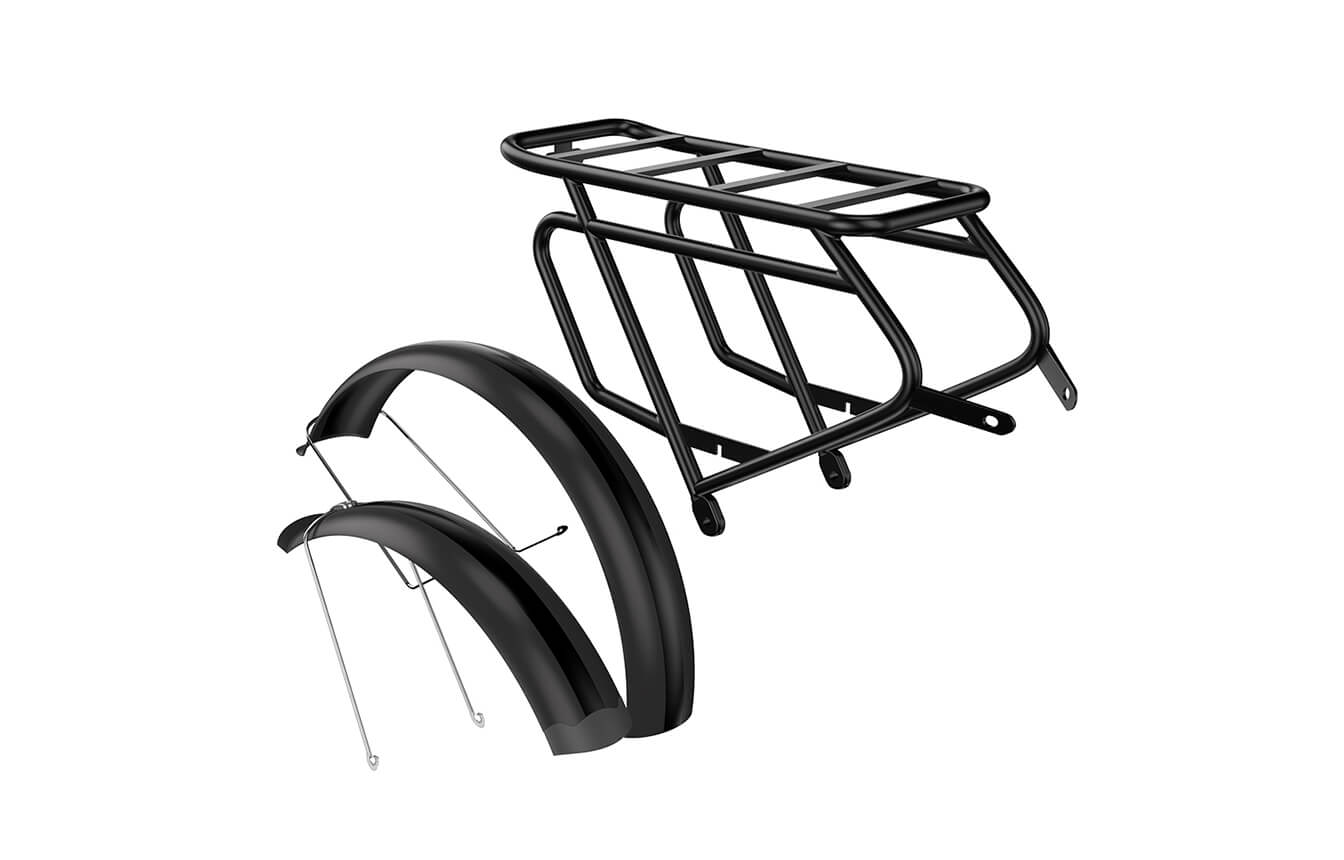
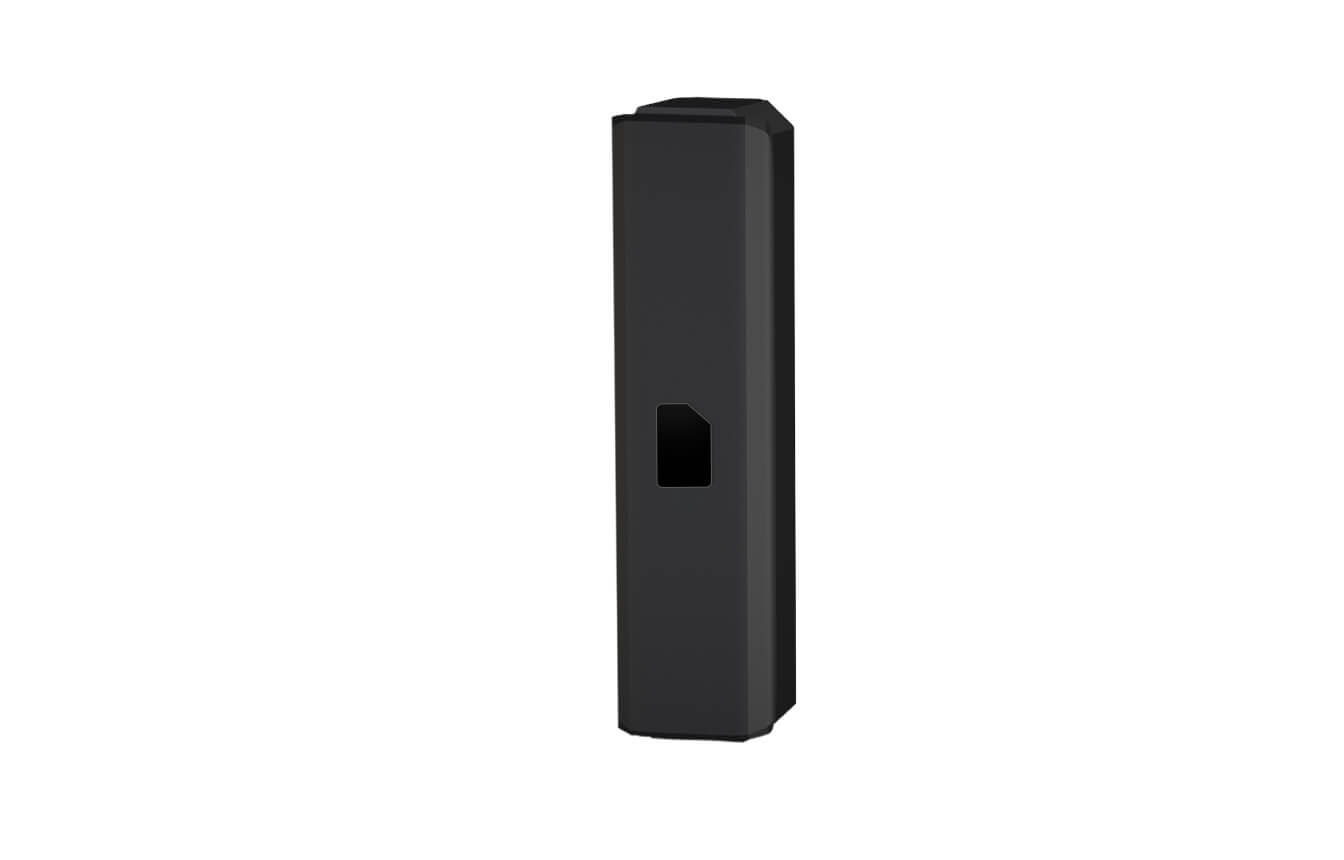
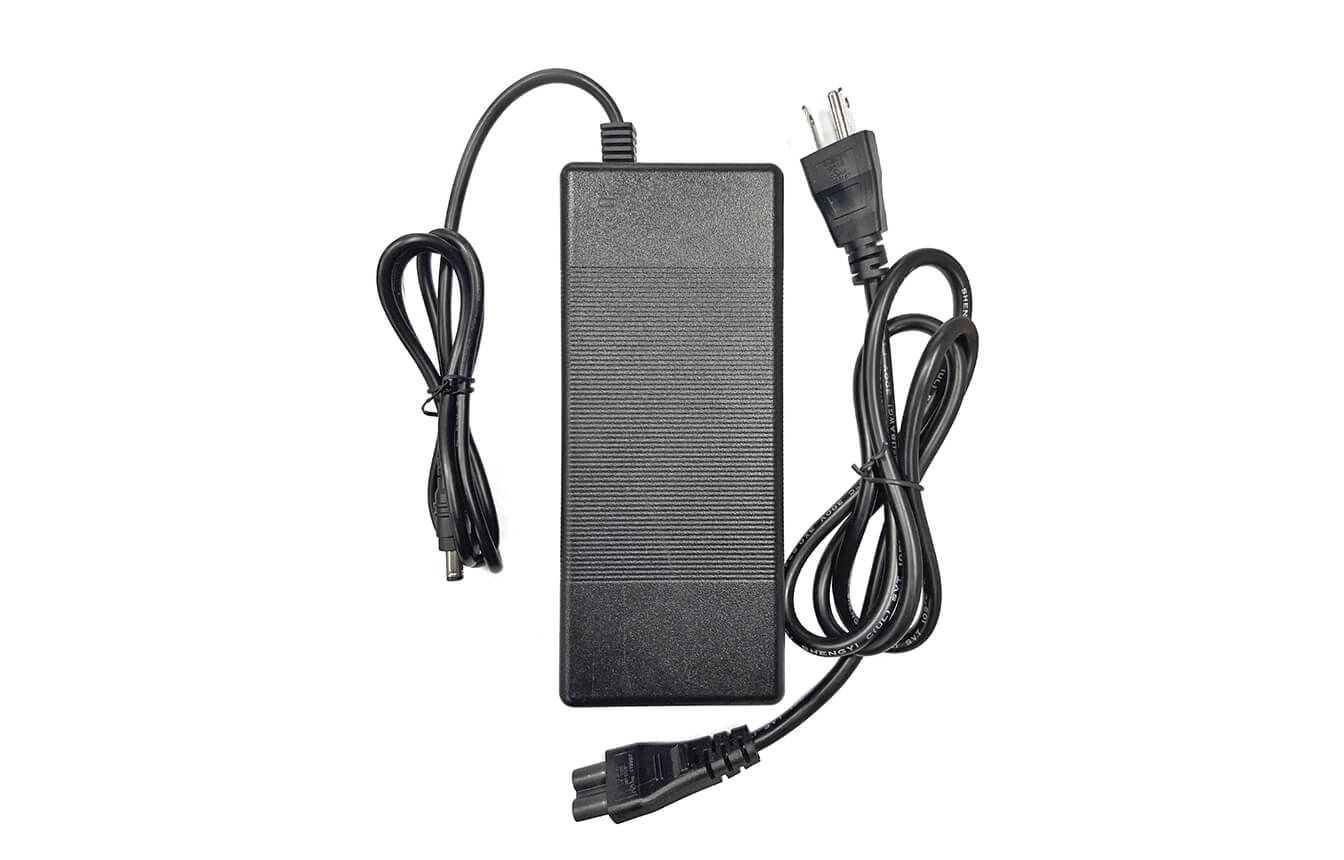
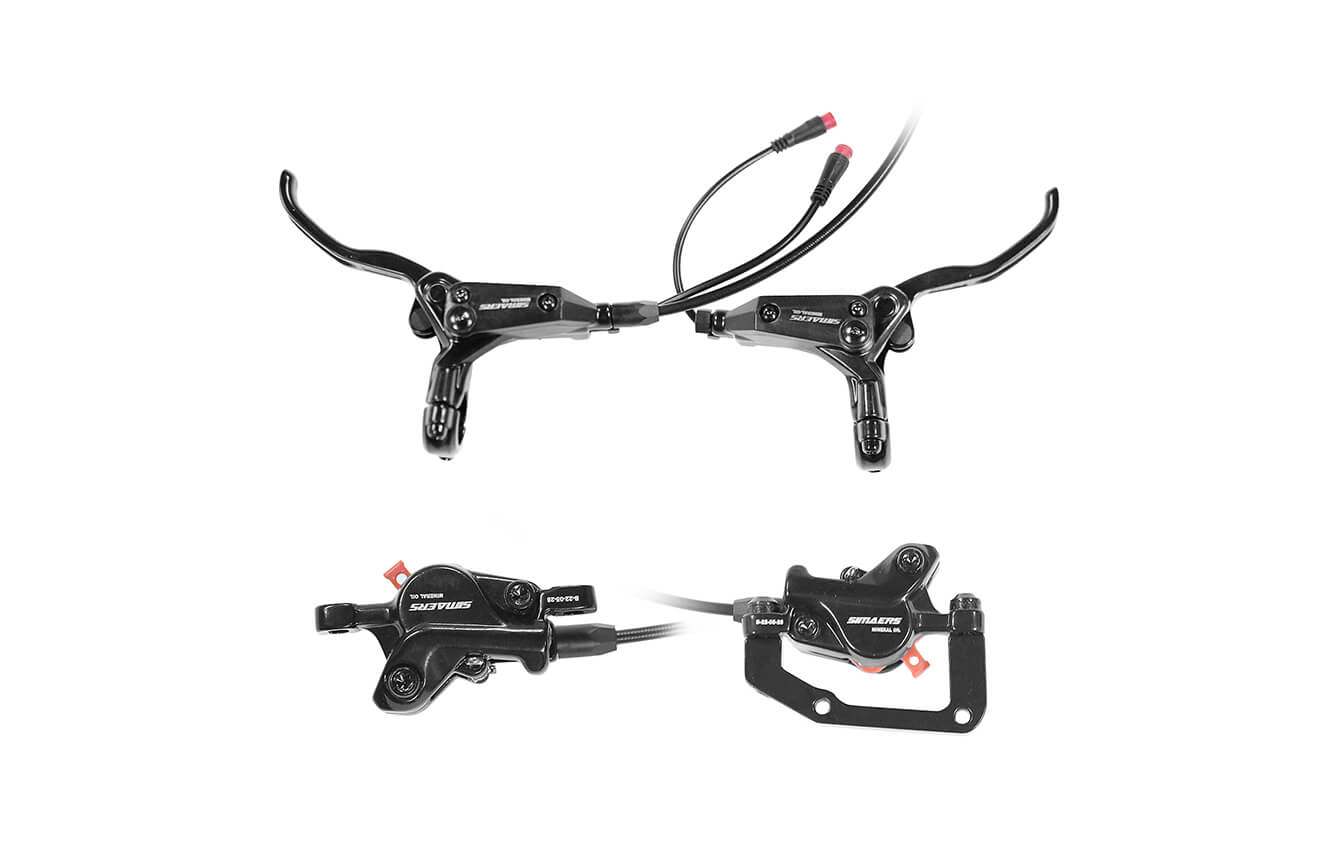
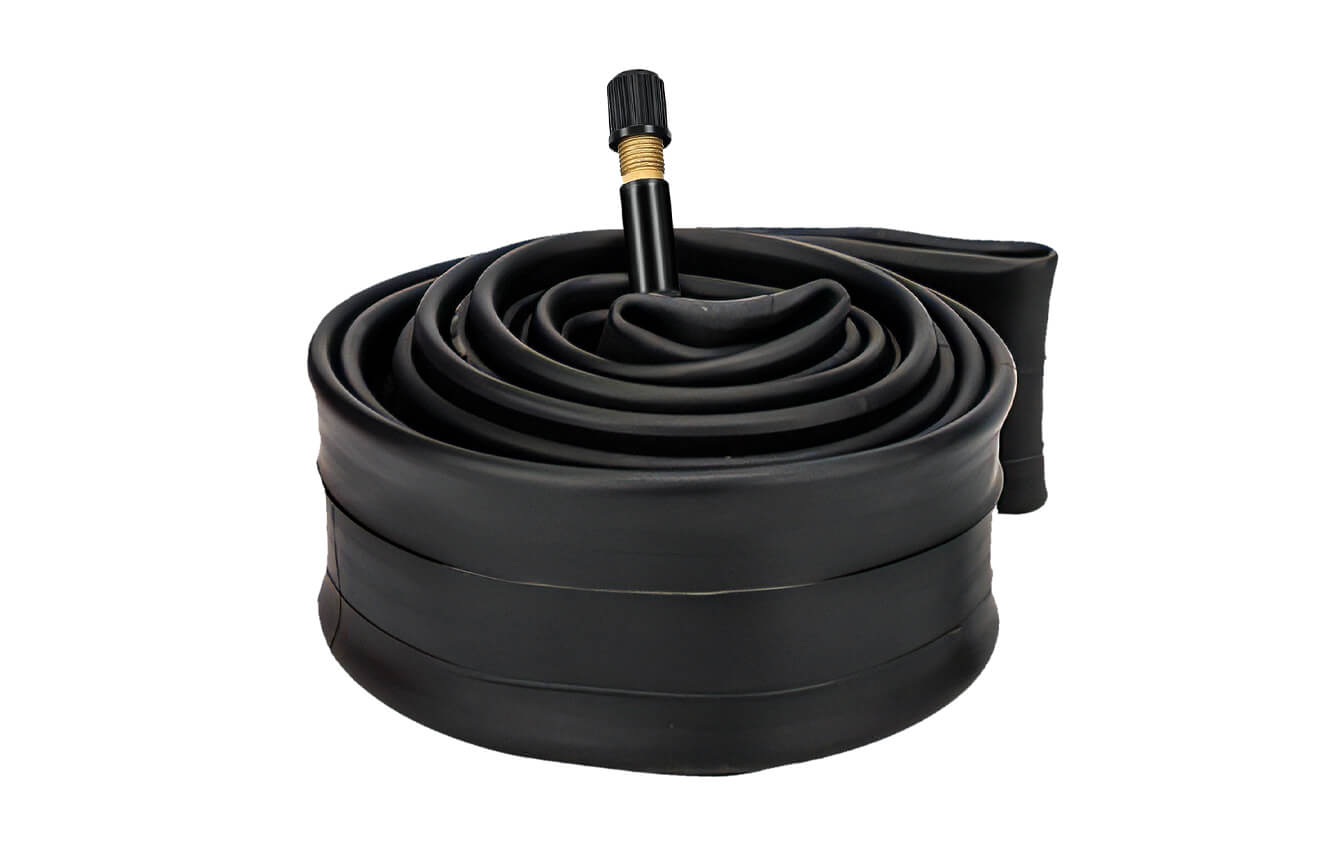






Leave a comment